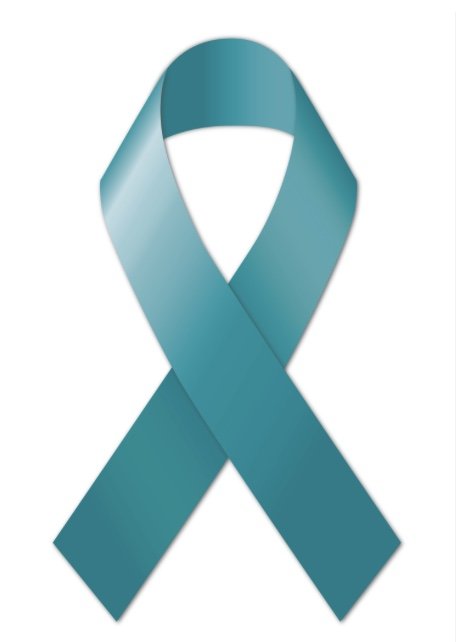Understanding the Impact of Sexual Assault: A Call to Awareness and Action
Sexual assault is a pervasive issue that transcends age, race, gender, and background. It is not just an attack on the body but a violation of trust, safety, and personal autonomy. The aftermath can be life-altering, often leaving survivors to grapple with deep psychological, physical, and emotional scars. As we recognize Sexual Assault Awareness Month, it's crucial that we reflect not only on the prevalence of this violence—but also on the strength of survivors and the role we each play in creating lasting change.
The Devastating Effects of Sexual Assault
Sexual assault impacts survivors in complex and often invisible ways. The psychological effects can be immediate and long-lasting. Survivors may develop Post-Traumatic Stress Disorder (PTSD), anxiety, depression, and suicidal ideation. Many report feelings of shame, guilt, or self-blame—emotions that are unfortunately reinforced by societal stigma and victim-blaming.
According to the Rape, Abuse & Incest National Network (RAINN), 94% of women who are raped experience symptoms of PTSD during the two weeks following the assault, and 33% still report symptoms nine months later.¹
Physically, survivors may endure injuries, chronic pain, sleep disorders, and long-term reproductive or sexual health problems. The risk of sexually transmitted infections (STIs) and unintended pregnancies can compound the trauma.²
Why It’s Hard to Move On
Recovery from sexual assault is not linear. Survivors may struggle with trust, intimacy, and self-worth. Triggers can appear in daily life—unexpected smells, sounds, or even a phrase in conversation can reopen wounds. The fear of not being believed or supported can lead many to stay silent, delaying healing.
Additionally, systemic barriers like lack of access to trauma-informed care, financial dependence, or fear of retaliation make it harder for survivors to seek justice or speak out.
Healing requires time, safety, community, and access to the right support—and even then, the impact of sexual assault may remain a part of a survivor’s life for years.
A Closer Look at the Statistics
While no number can fully capture the weight of individual stories, statistics provide a stark lens into the scope of the crisis:
According to the National Sexual Violence Resource Center (NSVRC):³
1 in 5 women and 1 in 71 men in the U.S. have been raped at some point in their lives.
Nearly 1 in 2 women and 1 in 5 men have experienced other forms of sexual violence.
Young people aged 12–34 are at the highest risk.
Every 68 seconds, an American is sexually assaulted.¹
These figures highlight the urgency of prevention, education, and survivor-centered support.
What You Can Do to Help
Ending sexual violence requires all of us. Whether you’re a survivor, an ally, a policymaker, or a friend, your actions matter. Here’s how you can be part of the solution:
Start with Conversations
Talk about consent, boundaries, and respect—at home, in schools, and in workplaces.
Challenge harmful jokes, myths, or attitudes that normalize sexual violence.
Support Survivors
Believe them. Listening without judgment is one of the most powerful forms of support.
Respect their pace. Healing isn’t linear—avoid pushing someone to report, share, or "move on."
Offer to help with practical needs, like transportation to therapy, finding a counselor, or researching resources.
Educate Yourself and Others
Learning about sexual violence and how to support survivors begins with understanding the facts and unlearning harmful myths. Here are a few ways to deepen your knowledge and share it with others:
Learn About Trauma-Informed Care
Trauma-informed care is an approach that recognizes the widespread impact of trauma and seeks to avoid re-traumatization. It prioritizes:
Safety (physical and emotional)
Empowerment and choice
Cultural humility and responsiveness
🧾 Start here:
SAMHSA’s 6 Principles of Trauma-Informed Care
RAINN: Supporting a Survivor of Sexual Assault
Understand the Realities of Sexual Violence & Spot Red Flags
Sexual violence isn’t just physical force—it can include manipulation, coercion, and threats. Learn to identify behaviors that may indicate abuse:
Controlling behavior (who someone sees, what they wear, etc.)
Repeatedly ignoring boundaries or consent
Gaslighting or minimizing someone's experience
Isolation from friends or family
Recommended reading:
NSVRC: Sexual Violence and Consent 101
The Hotline: Red Flags in Relationships
Share Information to Raise Awareness
Helping others learn is a powerful form of prevention. Use your platform to share:
Infographics like RAINN's “What is Consent?” or “What to Say to a Survivor”
Hotlines and local resource centers in your area
Awareness campaign hashtags, such as #SAAM, #BelieveSurvivors, or #ConsentIsEssential
Download and share graphics from:
NSVRC’s SAAM Toolkit
RAINN’s Social Media Shareables
Get Involved
Volunteer with or donate to organizations like Maison Femme that serve survivors.
Participate in local awareness walks, school panels, or community forums.
Advocate for local and national policies that strengthen survivor protections and fund prevention efforts.
If You Need Help: Resources and Hotlines
If you or someone you know has experienced sexual assault, you are not alone. Help is available 24/7. These national resources offer immediate, confidential support:
📞 National Sexual Assault Hotline (RAINN)
1-800-656-HOPE (4673)
Online chat available at www.rainn.org
📞 StrongHearts Native Helpline
1-844-7NATIVE (1-844-762-8483)
📞 National Domestic Violence Hotline
1-800-799-SAFE (7233) or text "START" to 88788
You can also reach out to local advocacy centers or contact Maison Femme directly for guidance, referrals, and a safe space to begin your healing journey.
Sexual assault is more than a statistic—it’s a painful reality for millions. But change is possible. With open hearts, shared knowledge, and courageous action, we can build a future rooted in safety, dignity, and respect for all.
This Sexual Assault Awareness Month, let us honor survivors, listen to their stories, and take bold steps—together—toward a world without sexual violence.
Sources:
Rape, Abuse & Incest National Network (RAINN). www.rainn.org/statistics
Centers for Disease Control and Prevention (CDC). Sexual Violence Prevention. www.cdc.gov/violenceprevention/sexualviolence
National Sexual Violence Resource Center (NSVRC). www.nsvrc.org/statistics

